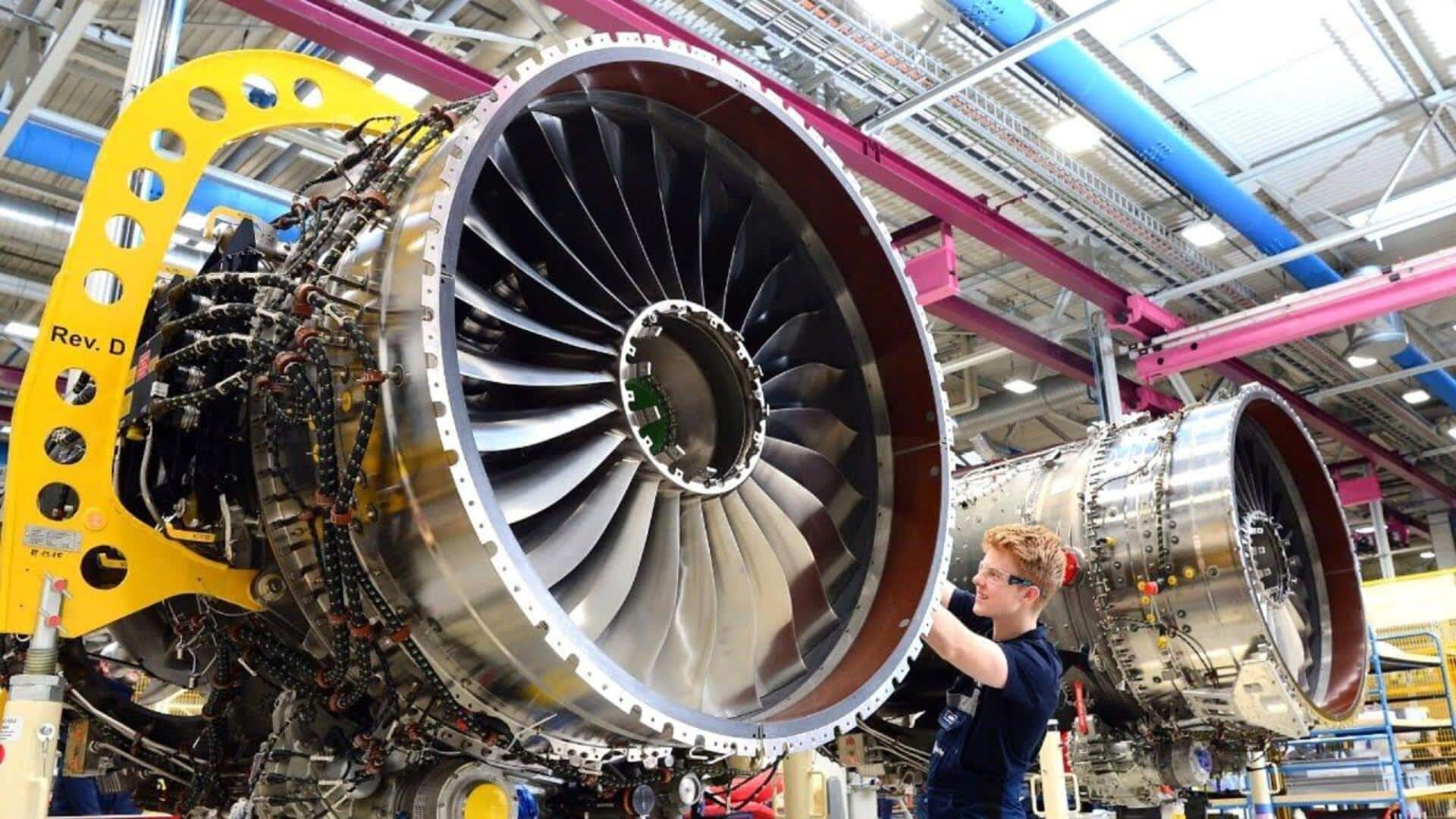
HAL, GE to begin discussion on jet-engine production in India
What's the story
Hindustan Aeronautics Limited (HAL) and General Electric (GE) Aerospace are set to begin commercial negotiations for co-producing fighter jet engines in India. The talks will be held over the next three months, according to an Indian Express report. The deal was first announced during Prime Minister Narendra Modi's visit to Washington in June 2023 and involves manufacturing GE's F414 engines for Light Combat Aircraft (LCA) Mk2.
Technology transfer
US Congress approved the deal earlier this year
The US Congress approved the deal earlier this year, allowing local production. Under this partnership, GE has agreed to transfer around 80% of engine technology to India, a significant increase from the 58% offered in 2012. The transfer will cover 12 key technologies, such as thermal coatings and machining of single-crystal turbine blades. However, critical components like the compressor, combustion chamber, and turbine are not included in this agreement.
Production timeline
India has also selected French company Safran as its partner
Engine production is expected to begin within three years of the agreement's finalization. This development comes as India has also selected French company Safran as its partner for co-developing a next-generation engine for the Advanced Medium Combat Aircraft (AMCA). The Defense Research and Development Organization (DRDO) is preparing to seek Cabinet approval for this project, which will involve full technology transfer from Safran.
National focus
Defence Minister calls these collaborations a major step
Defence Minister Rajnath Singh has called these collaborations a major step toward self-reliance in critical defense technologies. In his Independence Day address, PM Modi urged scientists to take up indigenous jet engine development as a mission, similar to India's success in vaccine production and digital technology. This push for self-reliance is part of India's broader strategy to bolster its defense capabilities and reduce dependence on foreign technology transfers.